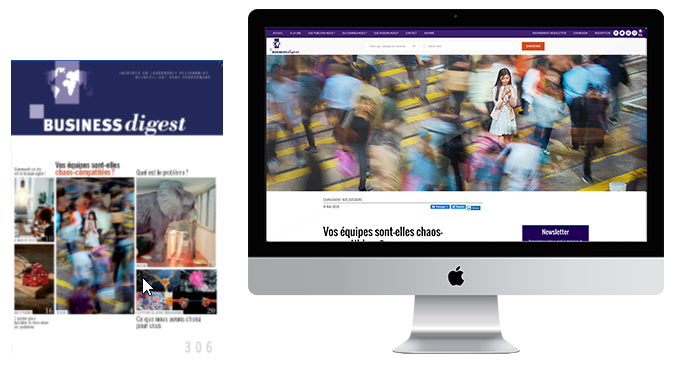Sourcing ideas from nature
It’s time to reverse our mindset and see nature not as a resource base, but as a source of innovation insights. But biomimicry is about more than just copying techniques (like the oft-cited example of Velcro inspired by burrs); it is about building innovative, resilient organizations.
In a world of finite resources, nature’s ingenuity is boundless. And organizations would be well inspired to apply biomimicry to management to achieve success in changing environments. Why? Because biological systems are optimized as a whole. They tend to be diversified and spread out, symbiotic systems with densely interconnected parts, not resistant and adaptable to constant changes. So how do organizations go about implementing biomimicry? (Though possibly they have already done so without knowing it.)
Communication lies at the foundation of the whole concept of biomimicry. Indeed, communication helps every living creature to interact with its environment and ecosystem — see dancing bees and ultra-efficient ant colonies. Practically, in a human organization, information must flow like water, with distances between teams reduced to a minimum, and strong connections — both communication nodes and networks — inspired from the living world. Biomimetics could guide strategic choices by offering innovations that have already been created, tested, experienced and validated in nature.
“Biomimicry: a potential innovation enabler for organizations”
by Theo Papazian (LinkedIn, 30 June 2020).
© Copyright Business Digest - All rights reserved



